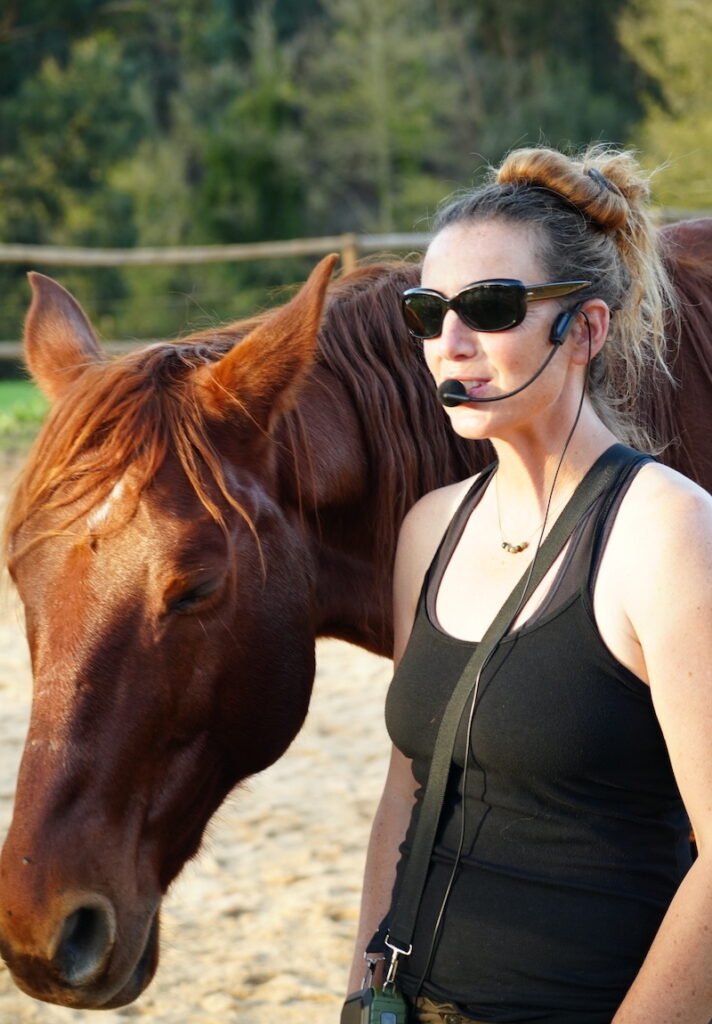
Special thanks to Stefan Kieselbach for his beautiful photos, used with his permission for this blog.
In between working on farms, I went to a horse training clinic at Sundance Ranch in southern Portugal taught by a beautiful soul named Elsa Sinclair. Her method, called Freedom Based Training, is very unique. Instead of asking the horse to respond to us, which is what all other training is based on (I ask the horse to walk in this direction, to accept a halter, etc.) – she has us respond to the horse.
This is revolutionary.
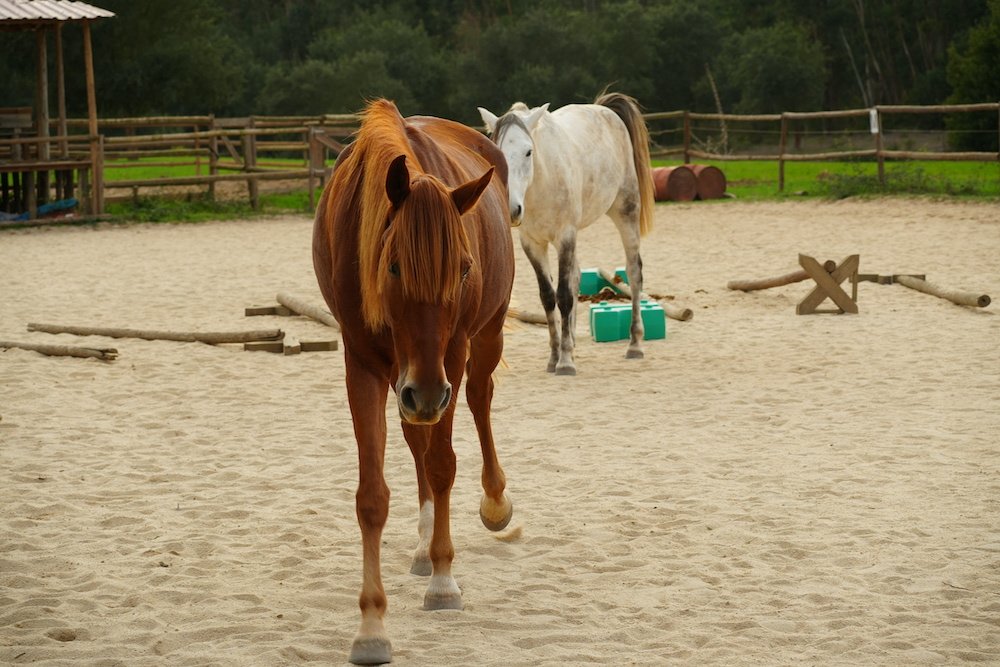
Horses are very curious animals. They have a lot to say, and have opinions about everything.
Of course, this is how most of us are… and just like most of us, they need to feel safe enough to express their curiosity and opinions. And much of the time, in the “normal” barns, humans don’t even consider that horses have feelings or ideas much less that they would express them if given the chance. Generally, the human arrives at the barn, grabs the horse, brushes them, throws on the tack and off they go… with no thought given to whether or not the horse wants to be ridden that day. (Much less how or where or with whom, etc.).
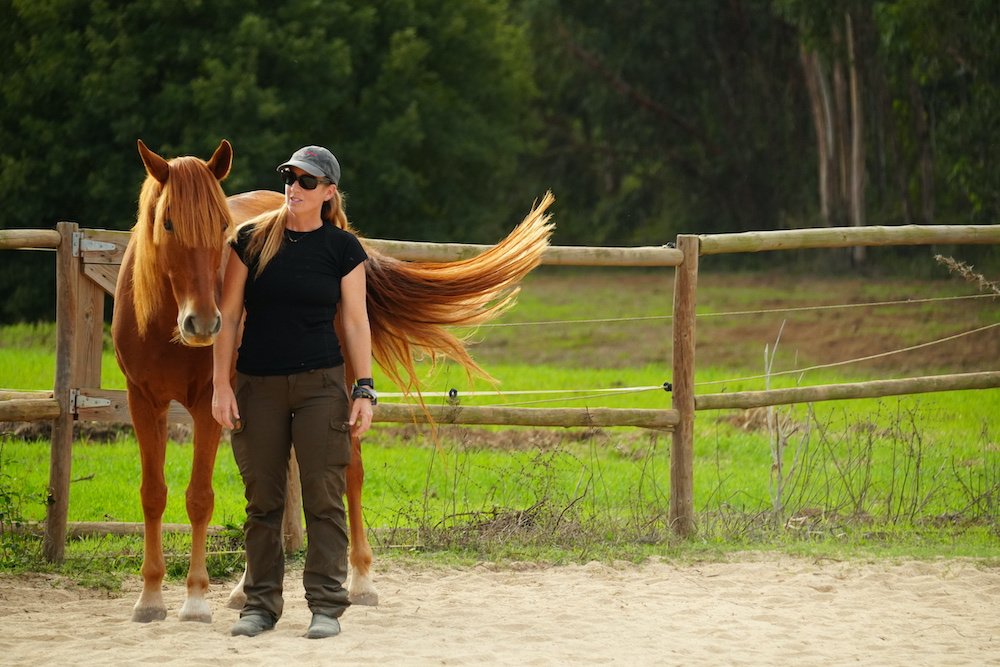
But, Elsa starts at a much different place.
Instead of asking the horse to do what we want, she asks the horse what he wants.

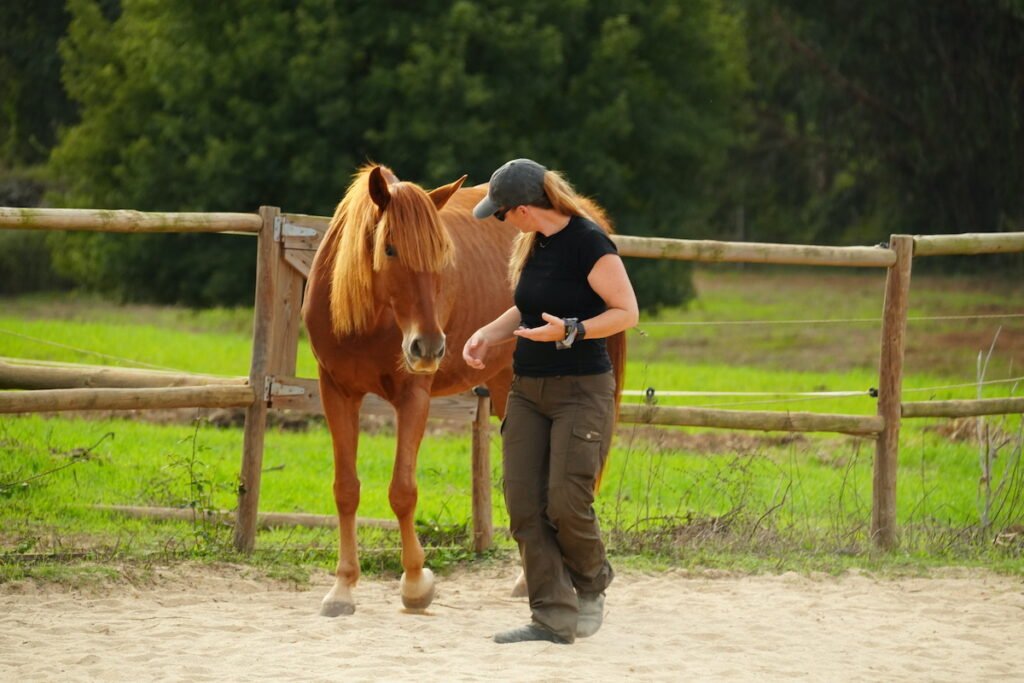
This requires a vast skill-set of a variety of things, many of which start from the foundation of how the heck to know what the horse wants?! No easy task given horses communicate with each other with signals so subtle most of them go unnoticed by even the most experienced horse people. (To be fair, that’s mostly because they aren’t looking.)
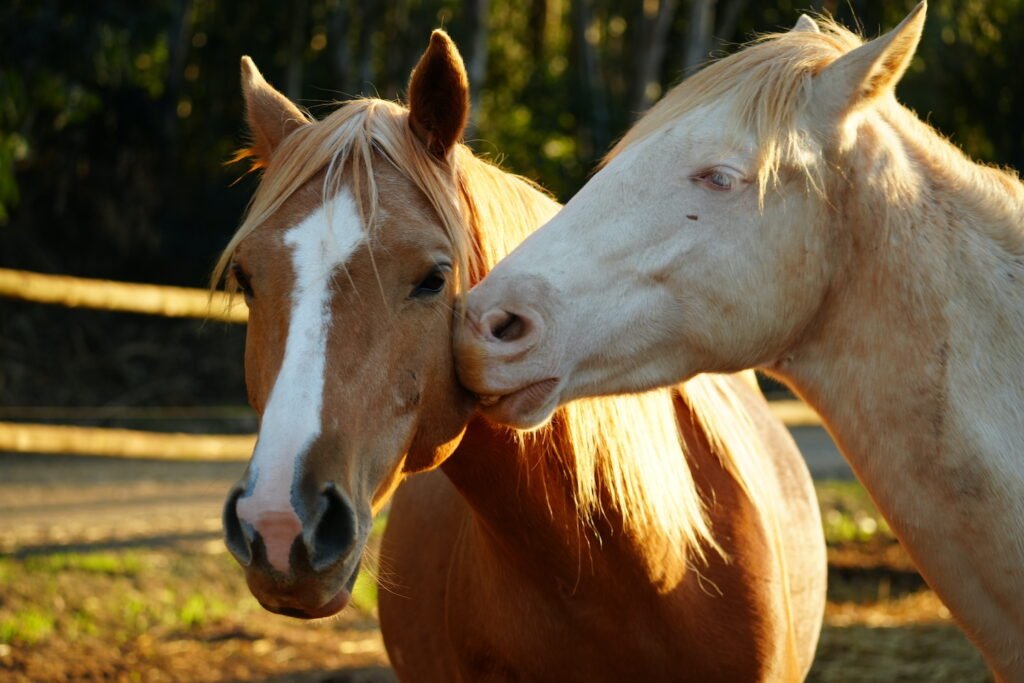
Over her lifetime with horses, Elsa has developed a horse vocabulary, a set of body language signals to watch for, mapped them to their meanings and discovered appropriate ways for humans to respond that are meaningful to the horse.
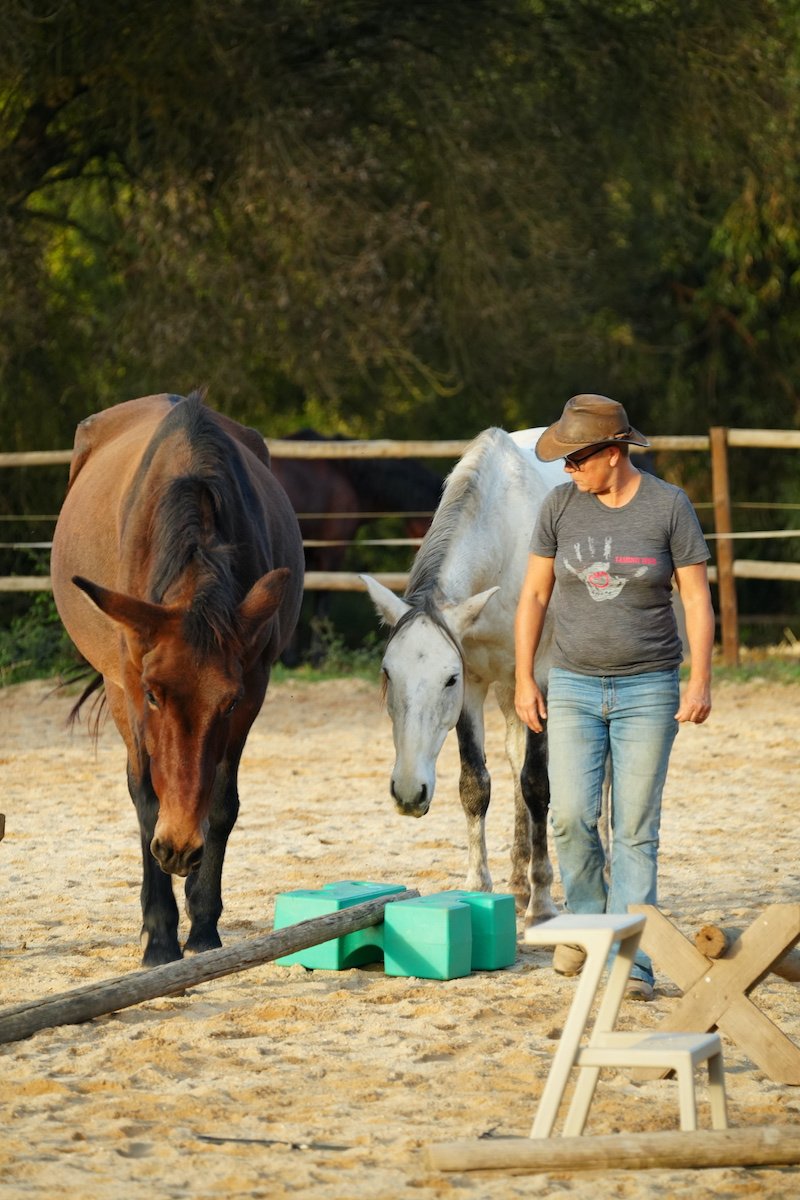
The magic here is that when horses realize that not only are you listening to them (which can take awhile because that’s pretty unusual behavior from us!), you’re also responding respectfully, they shift into this new relationship without hesitation. It’s how they are with each other, so it’s natural for them.
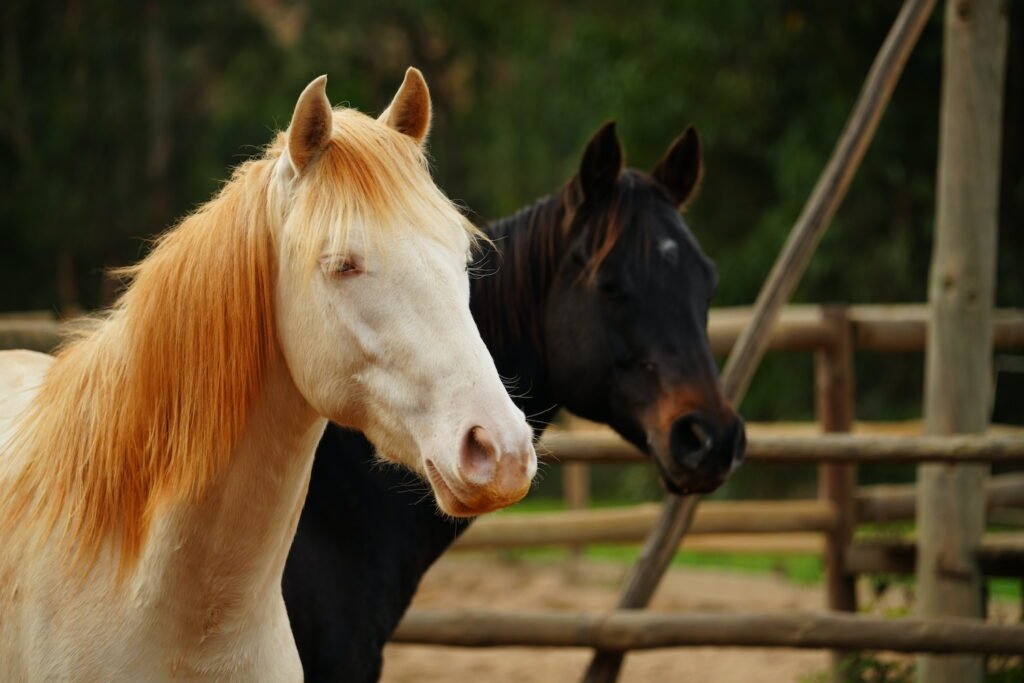
Simply shifting into the mindset of ‘what does this being desire in this moment?’ is a huge paradigm shift for the human. Horses live their lives with each other like this, so they’re great teachers. They’re comfortable with a give and take that shifts with every moment, and flows easily.

Mirroring their body language, moving when they move, noticing and responding to all of the subtle signals of ear flicks, eye shifts, changes in head height, etc. creates a tangible attunement that both beings respond to with relaxation and attentiveness. That ever elusive flow state arrives with ease.
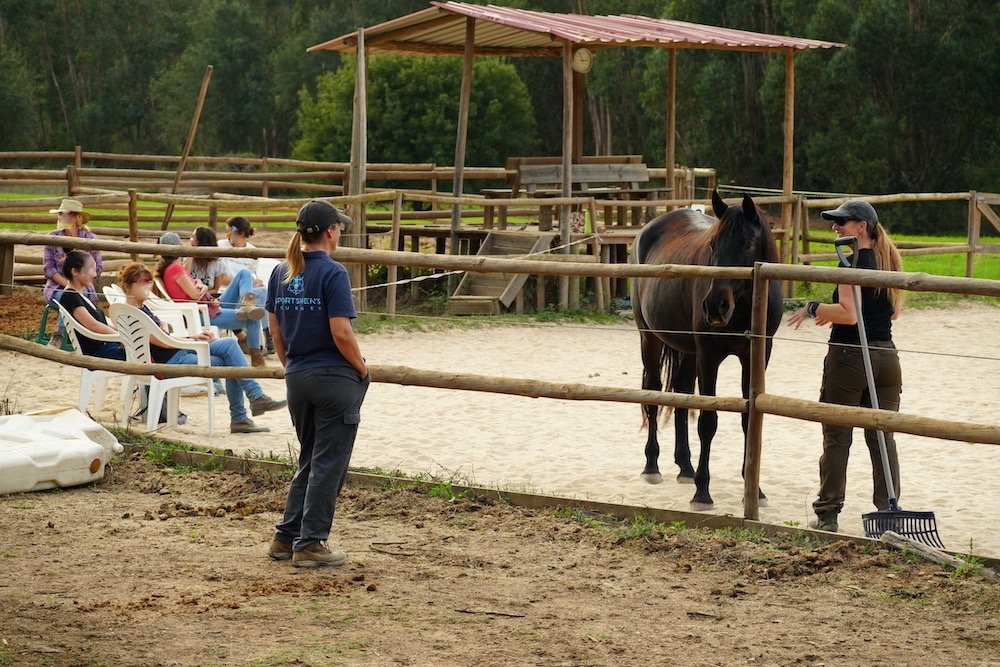
It was incredibly rewarding to watch her work.

And practicing the method, learning to understand the signals and how to mirror them, how to flow with the horses, how let them lead and responding to their desires, was beautiful. Of course, this works both ways in that everyone gets to say what they want, so we also learned how to say no thank you gracefully, or I don’t want to go there with you, or how to leave with ease of if the play started to be too big for our relatively little bodies.
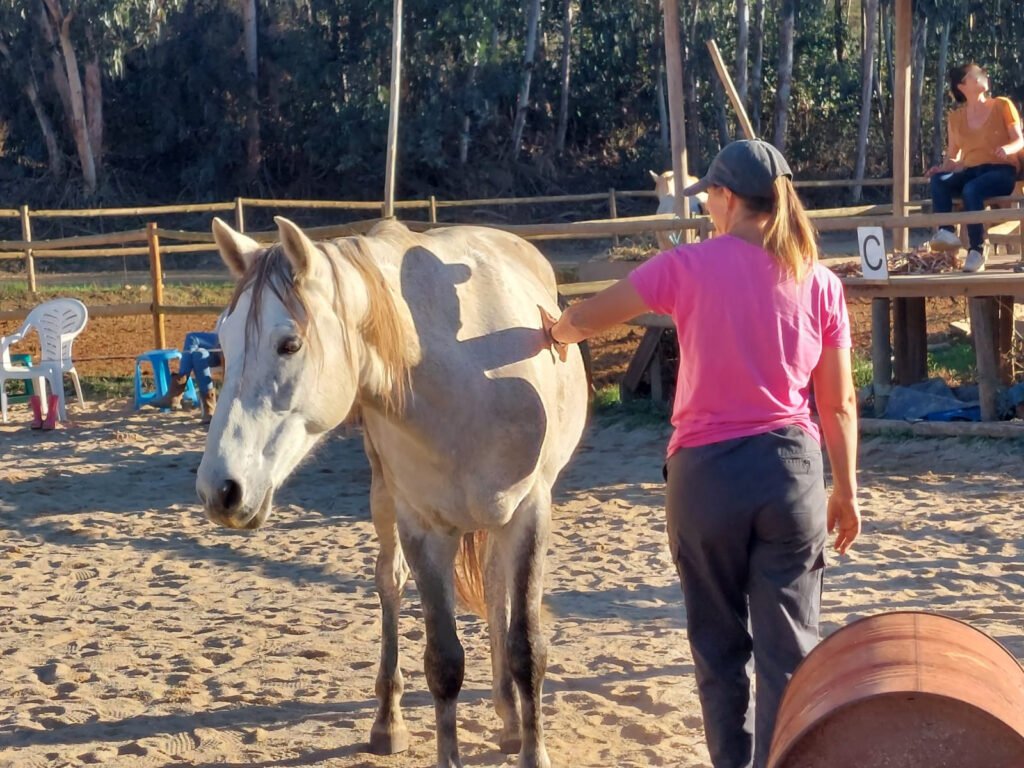
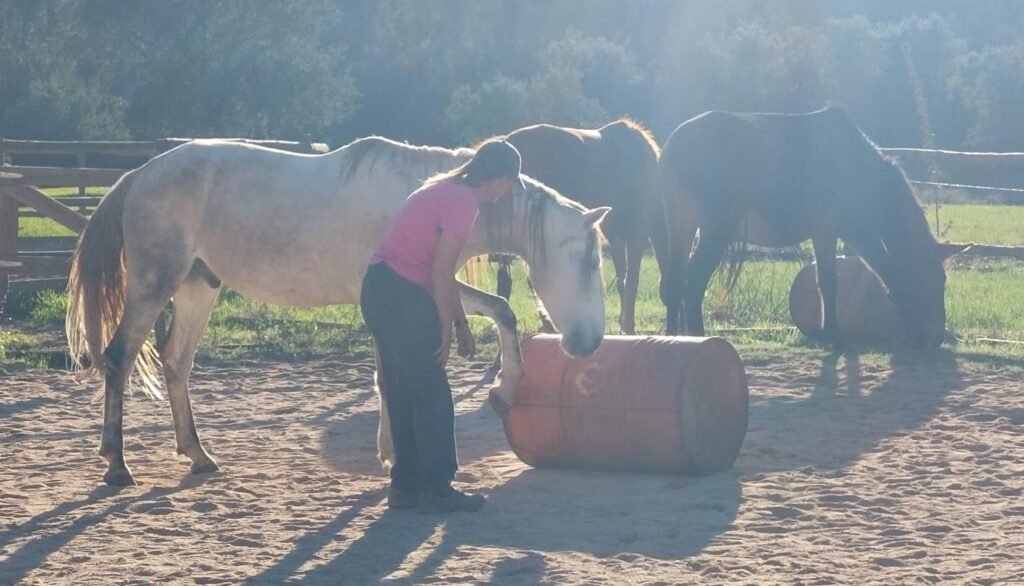

Very quickly, magic started happening… “You want to know what I want to do? You’re following me? Great! Let’s play with this barrel!”

Or let’s watch what Elsa calls “Horse TV”, which is whatever’s on in horse land… usually it’s whatever’s going on in the next field.

Or I want to nap.

I learned all kinds of new games, like how Jack liked to play with the poles.
Surprise! Nothing like what we usually do with horses and poles. Heh.
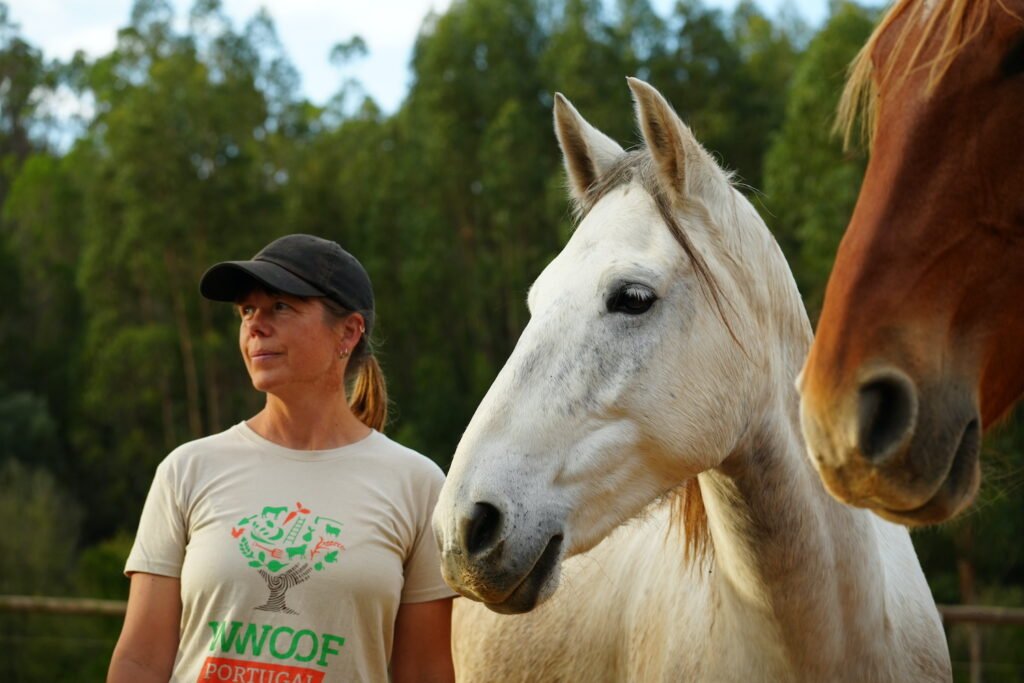

Finding the itchy spots, and subtly, or not so subtly, interacting with the other horses.
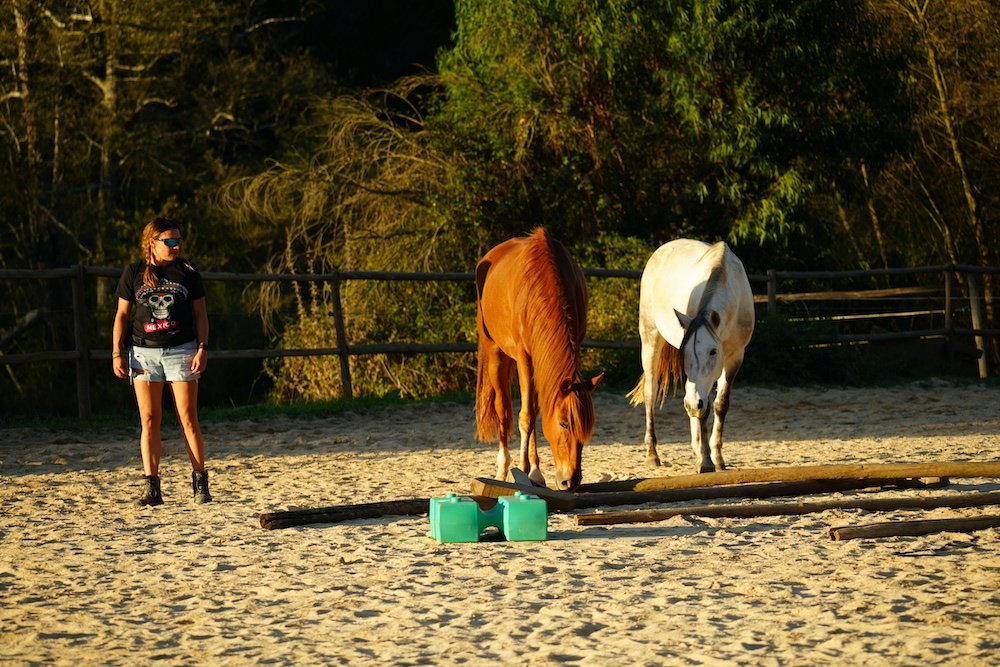
All of these physical experiences are ones that I’ve had in one way or another before, the difference here was my commitment to ‘listening to’ and ‘being with’, which created a profound connection that existed for the entire interaction. It was amazing. And lovely.
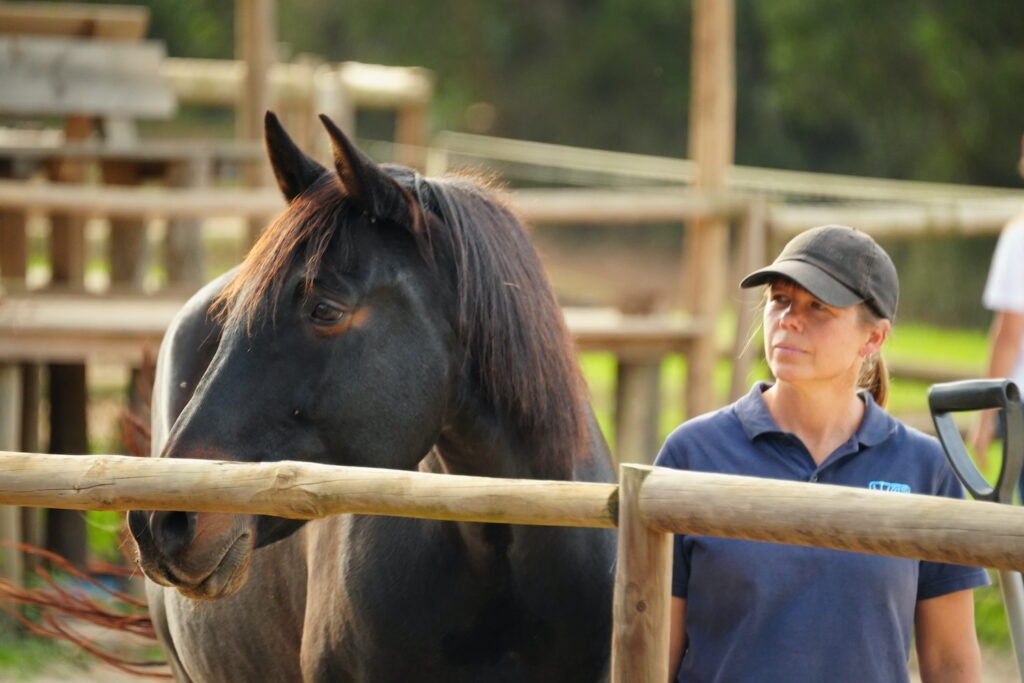

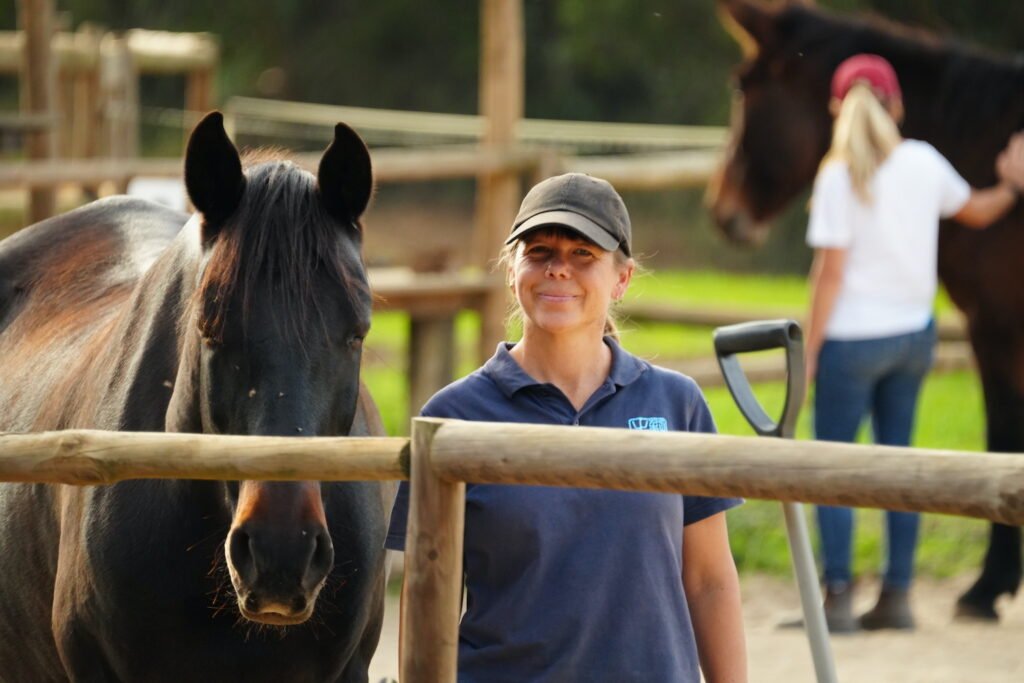
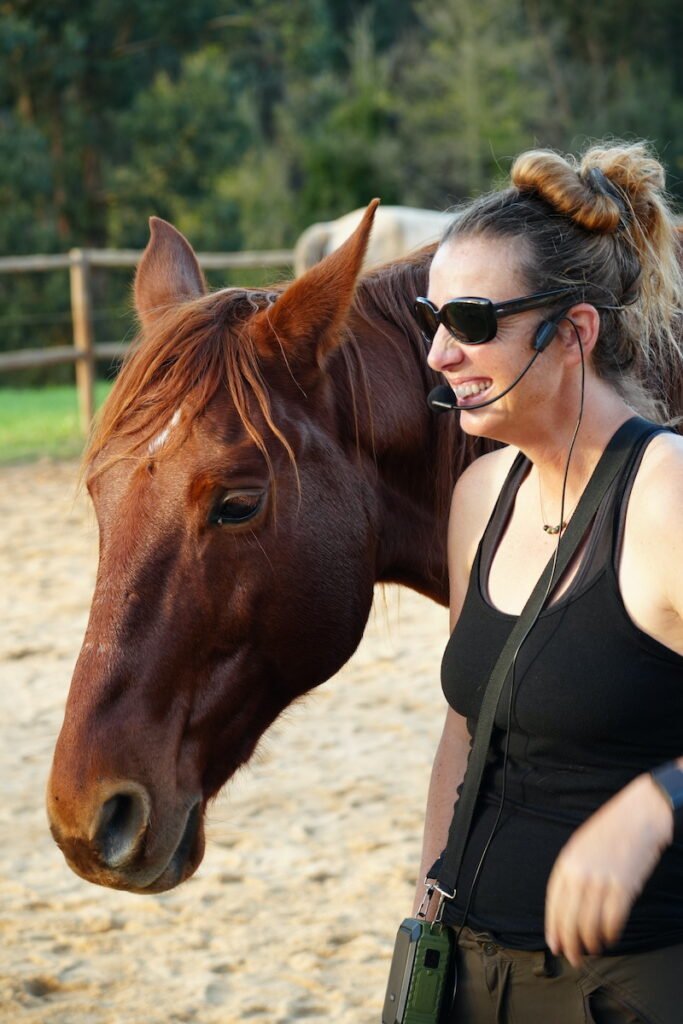
What’s required to practice this type of training?
First, it takes a certain mindset to even consider listening to the horse this deeply. This is definitely not prevalent in the horse world. Second, this method is very slow in terms of achieving human goals (like riding), so many people use it in combination with other more directive methods. This slowness is one reason she calls her style Taming Wild. To use it well, we have to tame our wild desires to have something different happen.

Third, you have to have an effective way to understand what the horse is saying – no easy task for those of us who are handicapped by our cultural dependence on spoken language. And fourth, you need an effective way to respond that makes sense to all horses.
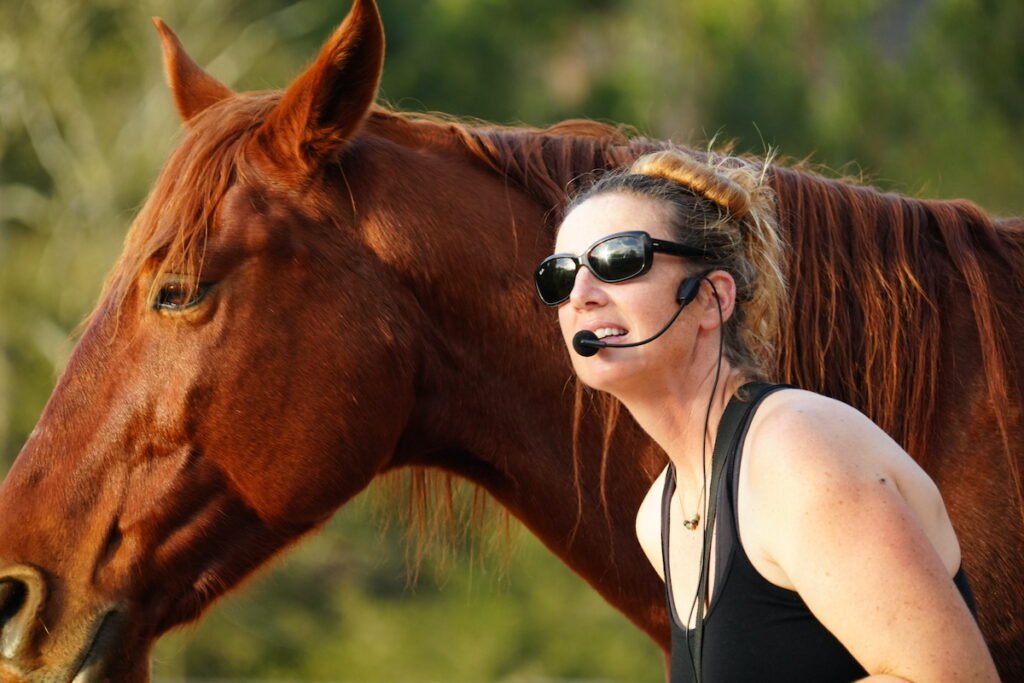
Both of these last two are possible because Elsa has spent her life with horses, and started asking herself how to do these things… and she took a lot of time and effort sorting out ways to do it. And then how to teach it to humans. This is a large body of life long work.
Thank you, Elsa, for sharing your mastery. We’re all benefiting greatly from your talents and efforts.

Especially the horses. Such beautiful beings.

So subtle.
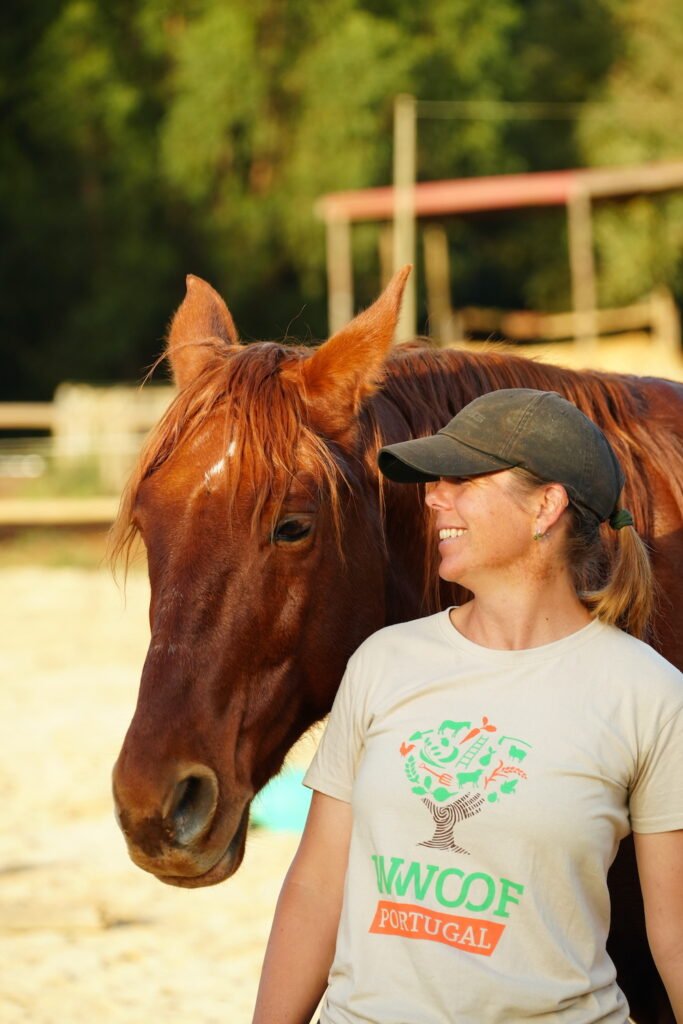
And so kind and giving. Especially when we create spaces for everyone to thrive.
